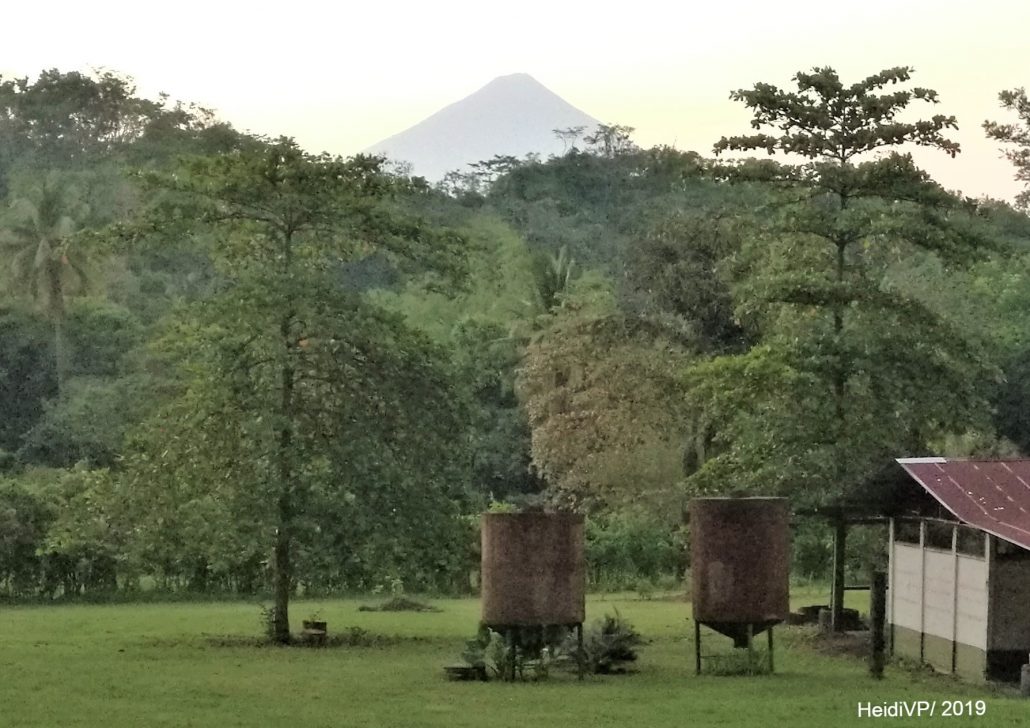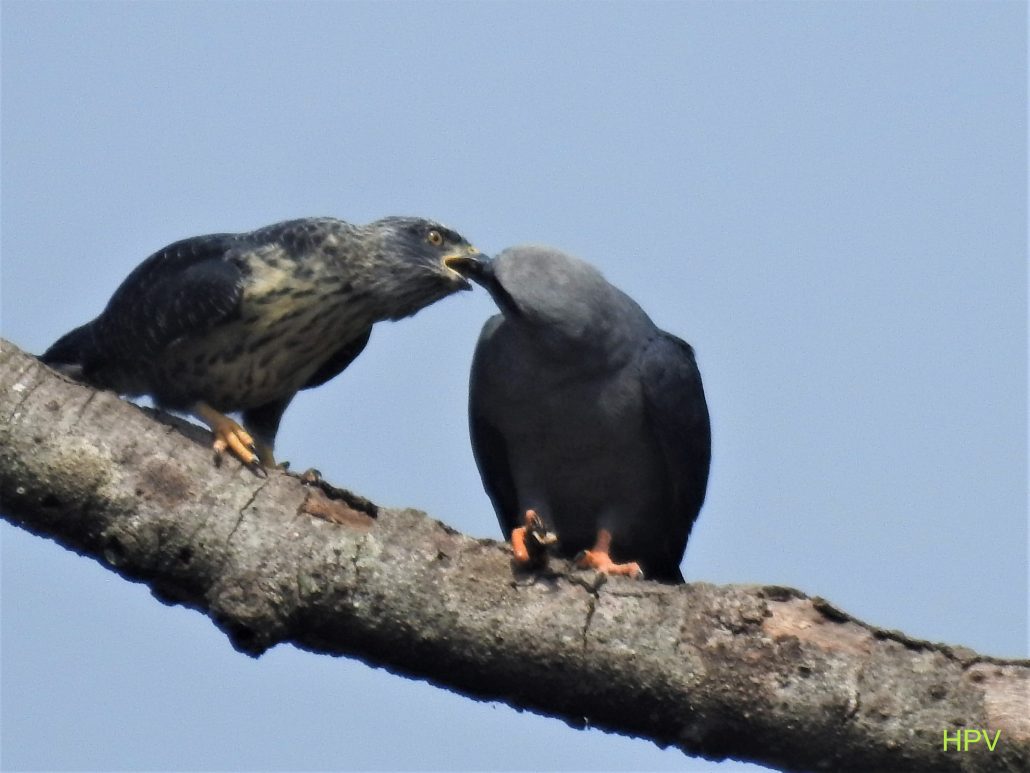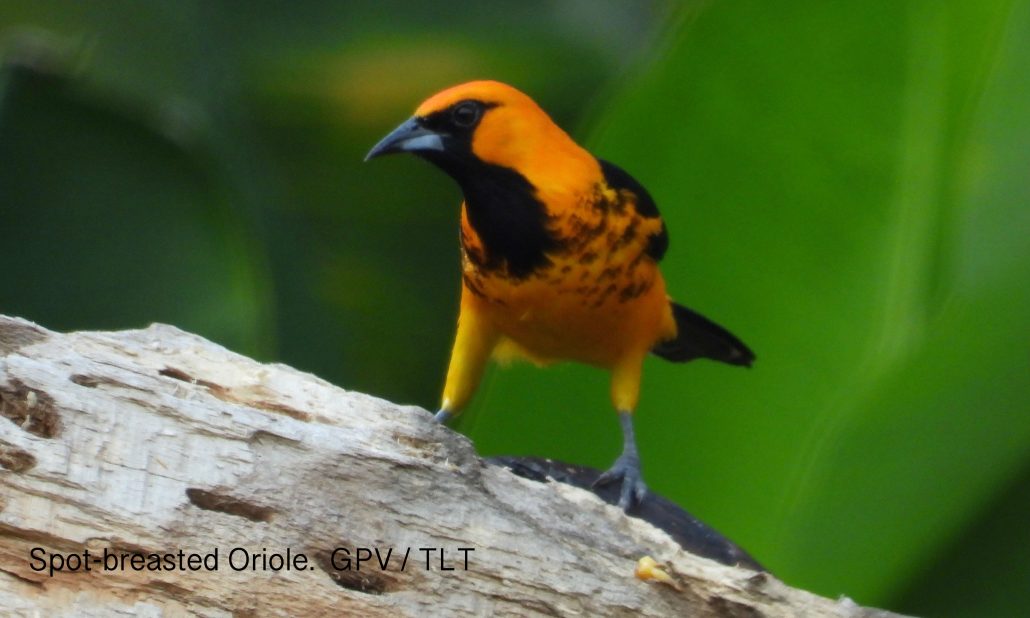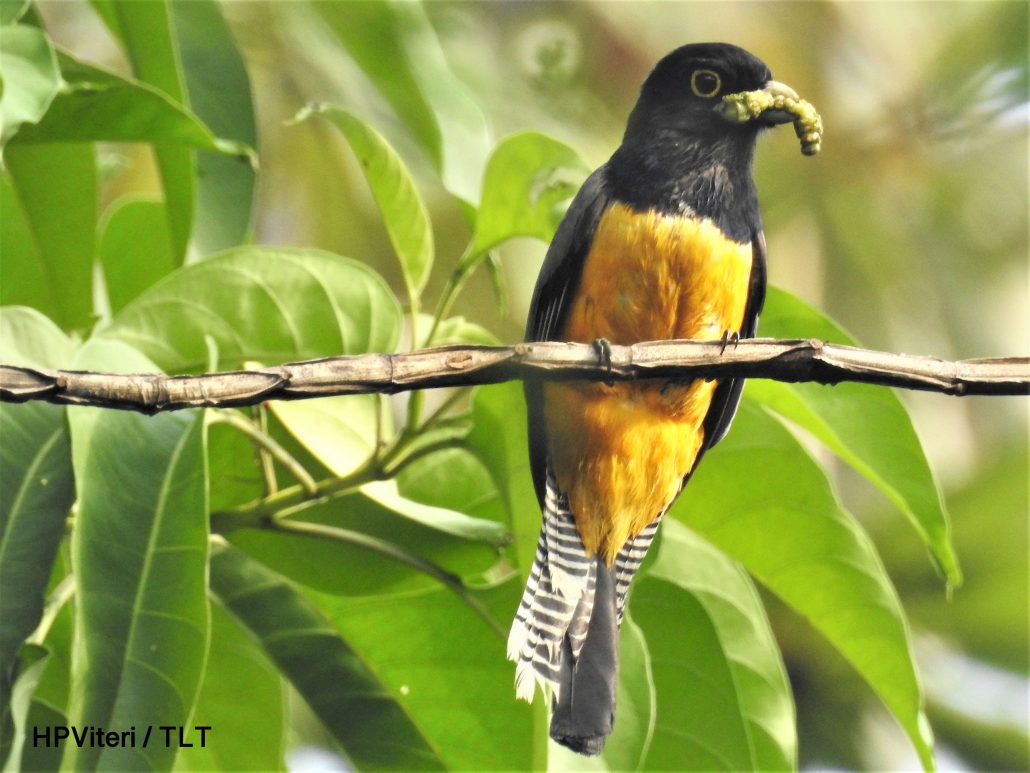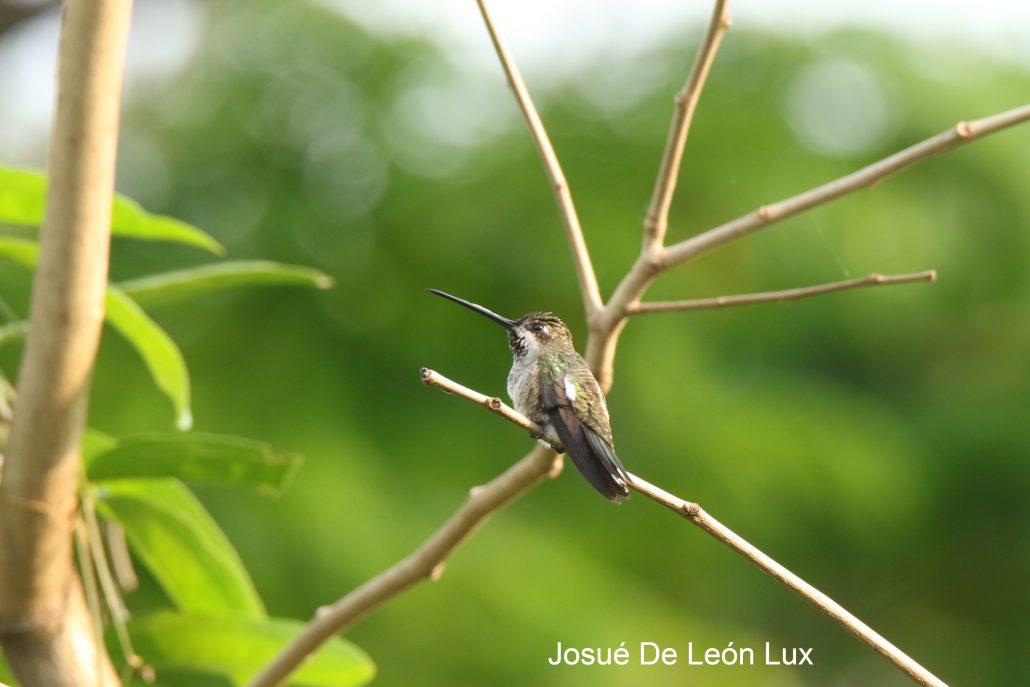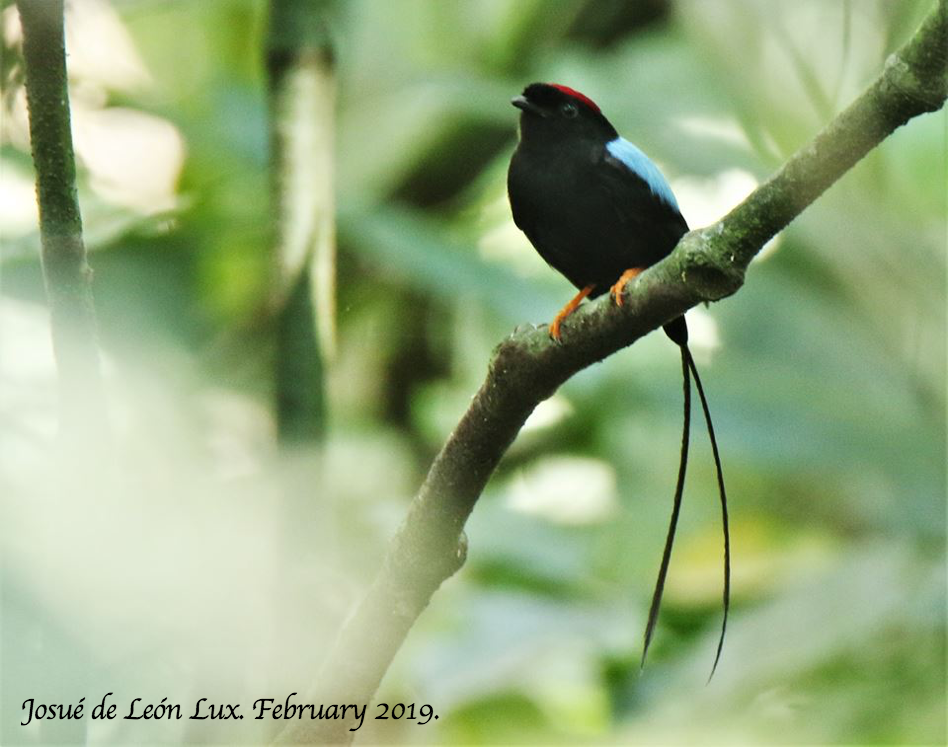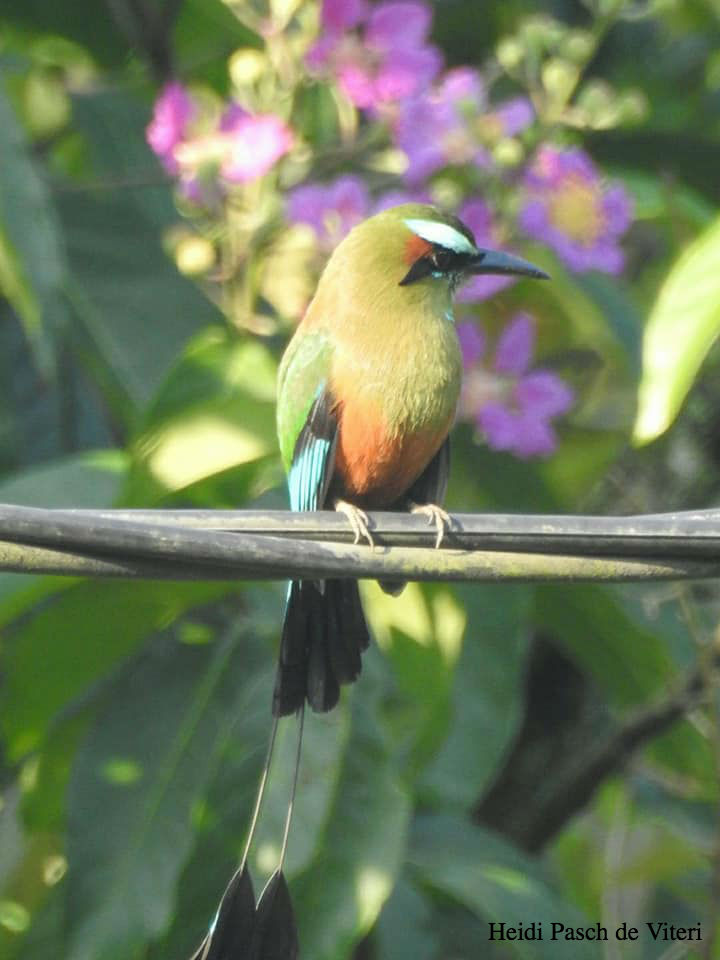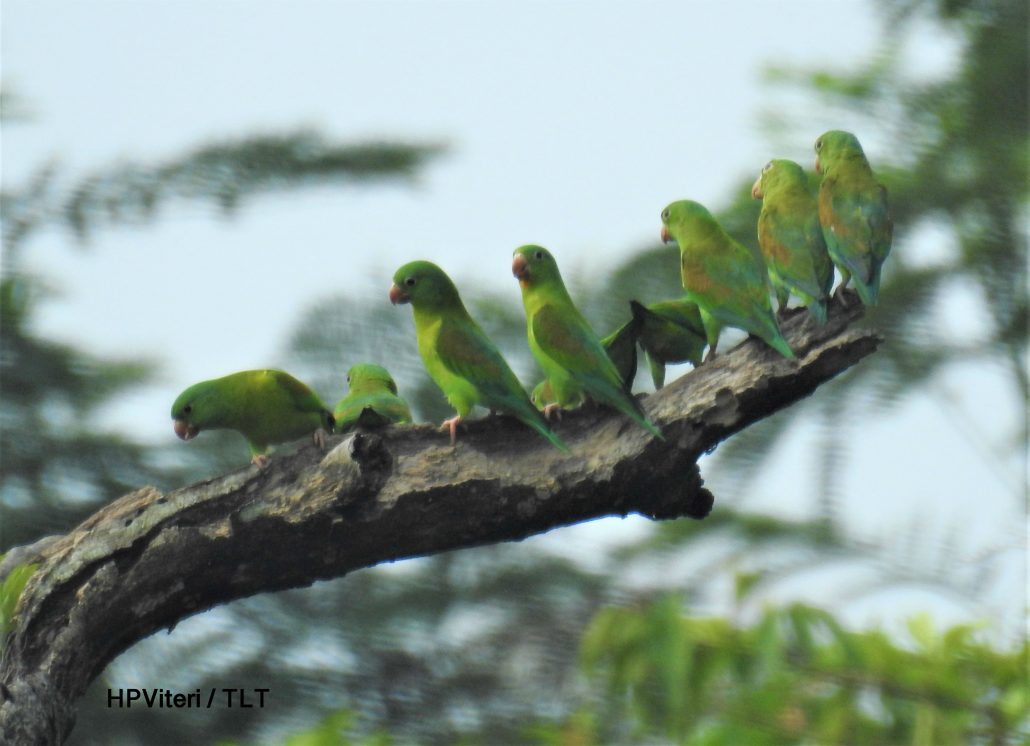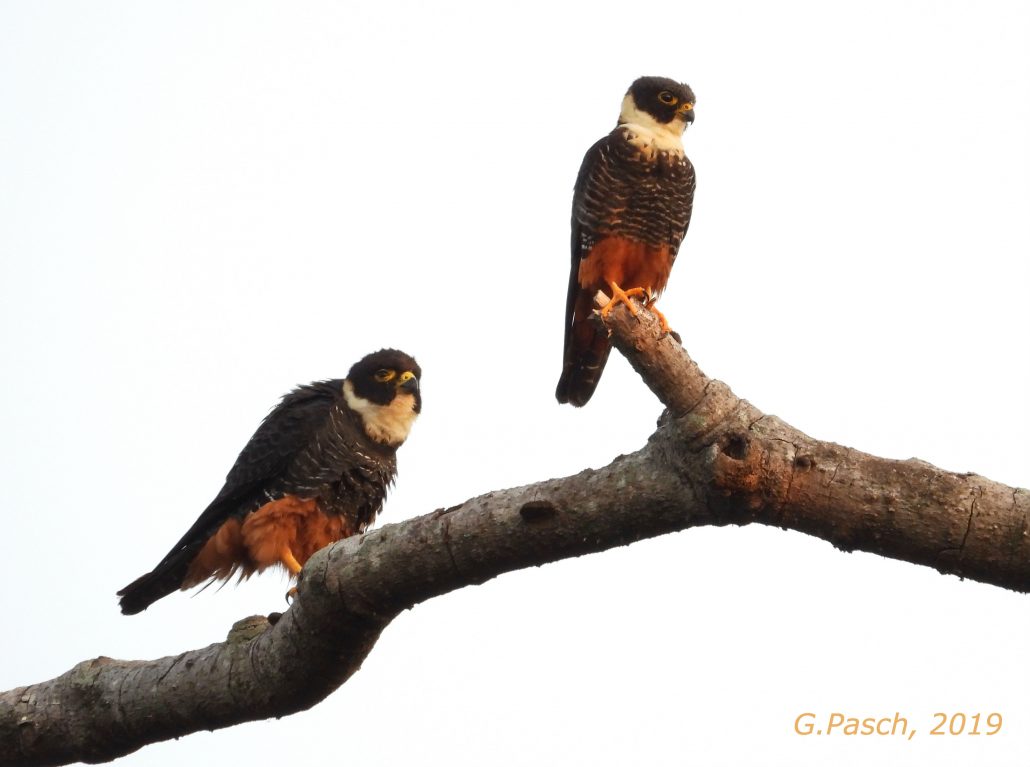Northern Spotted Owl Population Continues to Decline
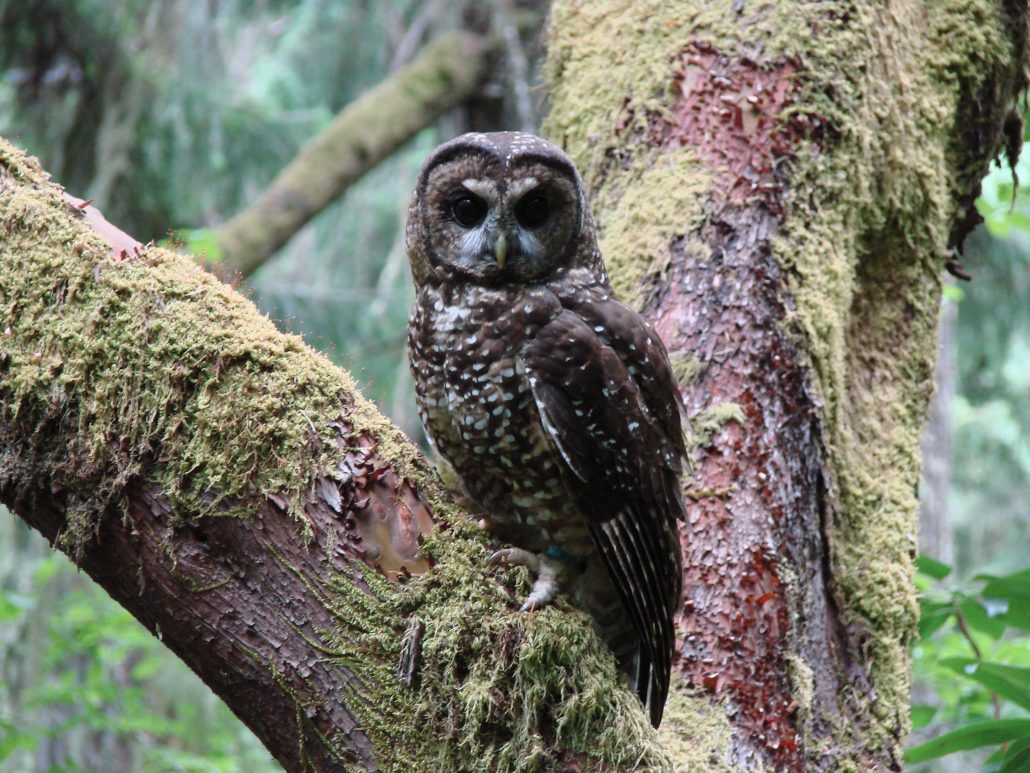
The Northern Spotted Owl (Strix occidentalis caurina) was first listed as a federally threatened species in the late 20th century. The species found itself on the Endangered Species List after decades of overlogging and forest mismanagement in the Pacific Northwest severely degraded and restricted its available habitat. In 1994, the U.S. Forest Service and the Bureau of Land Management adopted the Northwest Forest Plan, a controversial management plan that was intended to protect spotted owl habitat by preserving old growth forests.
Yet 25 years after the implementation of the Northwest Forest Plan, northern spotted owl populations continue to decline, according to a new study in the journal Ecological Applications. In fact, the species’ population is decreasing faster than expected.
According to the study, the reason for the continued decline is not logging or recreation, but rather competition with barred owls (Strix varia), a forest competitor that began to invade the northern spotted owl’s range 50 years ago.
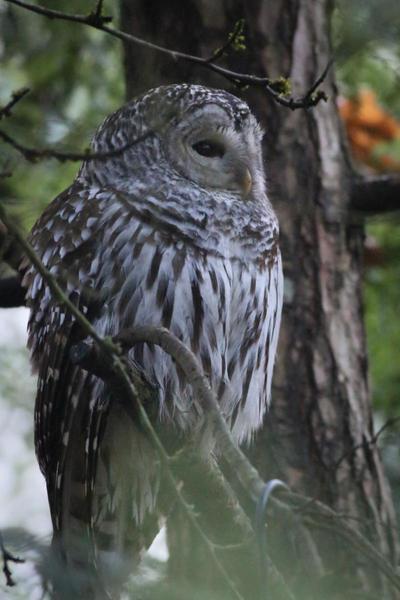
“We have known for some time that northern spotted owls are reliant on older forest as habitat, that recovering northern spotted owls would require recovering this habitat, and that this process of recovery would take many decades,” says lead author Charles Yackulic of the U.S. Geological Survey. “Twenty-five years ago, however, we did not anticipate the increases in barred owl abundances would lead to a second major threat to northern spotted owl recovery.”
Barred owls challenge northern spotted owls for prime nesting spots and hunting areas in old growth forests. However, because barred owls are considered invasive species, they do not play the same role in the ecosystem and are causing ripples throughout the food web.
In response to these findings, the authors of the study recommend removing barred owls from the forest, which they identify as a viable forest management strategy. Combined with continued habitat protection and restoration, the authors hope the northern spotted owl population trend will turn around soon. Without any action to remove barred owls, the northern spotted owl could go extinct within decades.
Journal Citation: Yackulic, Charles, et al. 2019. “The past and future roles of competition and habitat in the range–wide occupancy dynamics of Northern Spotted Owls.” Ecological Applications. DOI: 10.1002/eap.1861.

